Calder Mill, Hebden Bridge
Application to clear a site just outside of Hebden Bridge, Calderdale:
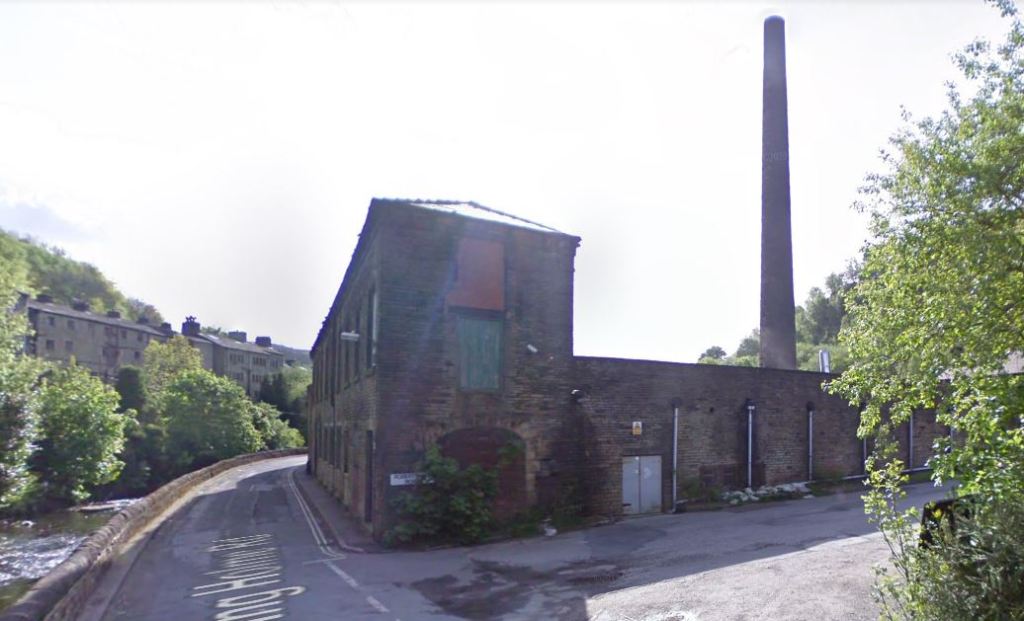
Between Hebden Bridge and Mytholm is a valley which has not changed in 150 years. Having cycled down the canal here many times, I can attest to the fact that this is one of the most special places in the country. This valley up in the Pennine hills is a time machine to the industrial revolution.
Sadly Calder Mill was gutted by fire in 2019, and has been deemed unsafe (although the two main factory buildings look unscathed in my opinion) and the site is in the process of being cleared and redeveloped.

The map from circa 1900 shows the area to have been much more built up than it is now. It is a shame that this townscape is being slowly eroded.
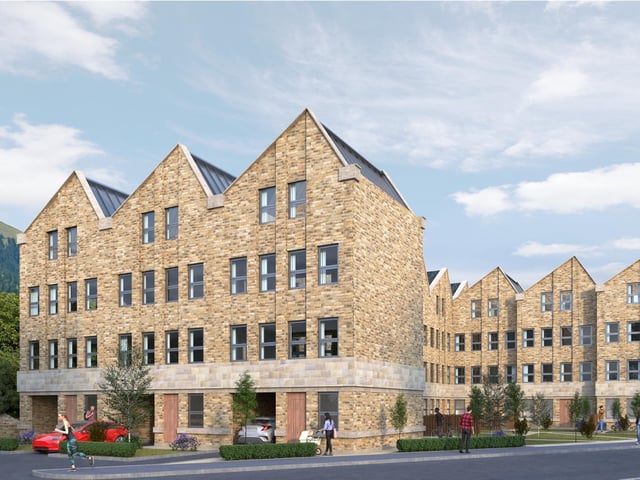
The proposal to replacement the mill has made a noble effort at preserving the vernacular, with roofs that take their form from the mill’s north light roof. Yes the speckled stone, the relationship with the street, and the lack of any arches result in a proposal that is somewhat pastiche. Probably the best we could hope for, but another example of why it is impossible to recreate heritage buildings. Hopefully they will develop the damp green patina of the Calder Valley in the next 50 years.
Office building, London Road, Sheffield
Demolition to demolish a high street building in Sheffield:
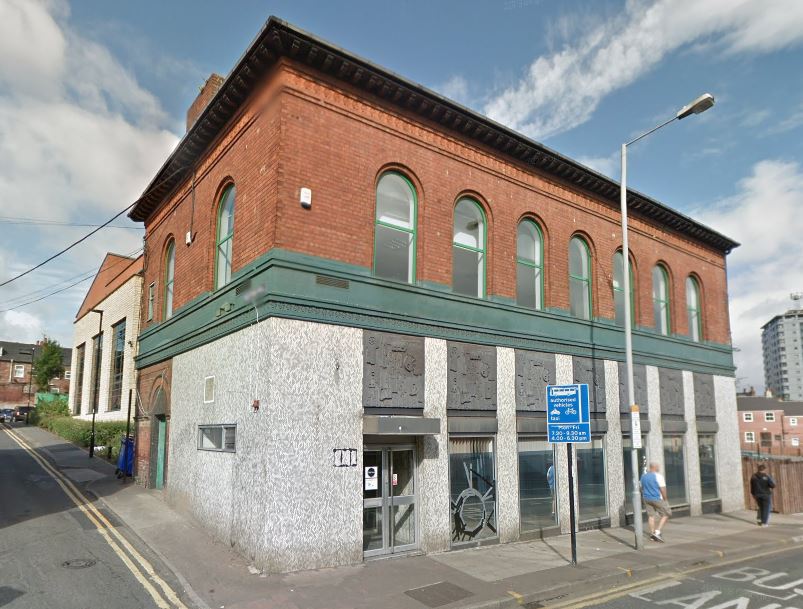
A modest but important part of the street frontage along London Road in Sheffield City Centre, this Victorian building with the painted wooden window trim is exactly the sort of building that urban designers long for. Its frustrating that we are pulling them down.
The application seems to have been withdrawn, but no doubt the applicant is redoubling, making some amendments, before they come in again. The ground floor elevation has been modernised possibly in the 1980s, but behind the mosaic paneling there is likely to be a Victorian pub frontage as per the historic maps:
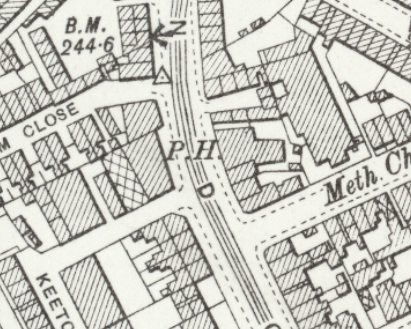
Sheffield has a fascinating city centre. Lets keep it that way and look after its history.
St Mary’s hospital, Leeds, demolished by stealth
Another application to demolish more of the St Mary’s hospital campus in Armley, Leeds:

The iconic principle elevation of the hospital.
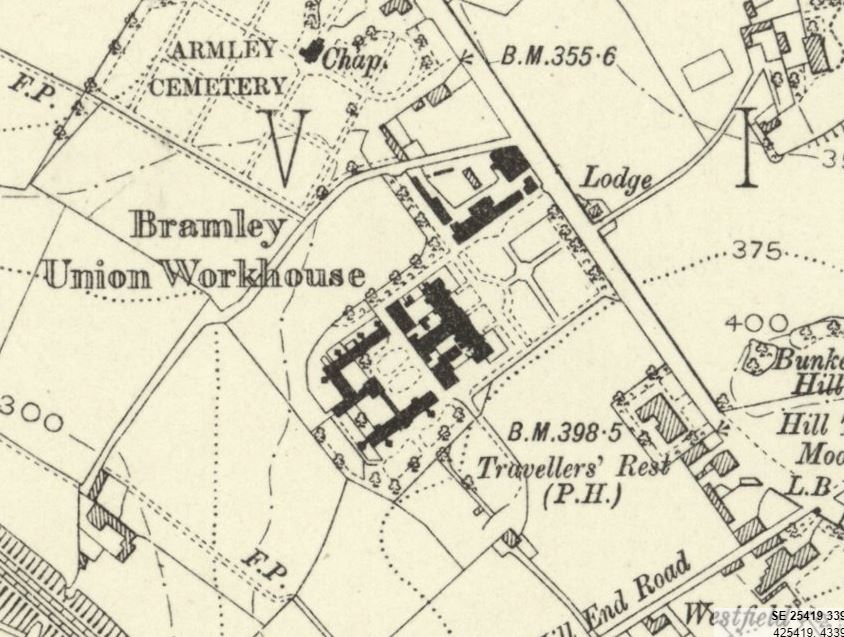
A couple of months ago, I posted about another wing of this hospital being demolished. At that time, there wasn’t much remonstration due to the retention of the main hospital building featured here. Now that wing is for the chop, it is clear that the entire hospital is to be lost, incrementally, to avoid drawing the ire of conservationists.
The mental health hospital occupies the former Bramley Union Workhouse of 1862, shown in the map above. The historical importance of this building goes without saying. A stunning building with a beautiful tower capturing the humble elegance so many Victorian public institution buildings imbibe.
No statutory protection results in the demolition prior approval going through the planning system unprotested. In the officers report, the council acknowledge the buildings to be ‘considered to form non-designated heritage assets’. This should be enough to remove PD rights via article 4, and avoid the demolition.
I hazard that this could never happen due to the asset belonging to the local NHS trust, and being part of a wider asset strategy, which will involve selling some land, and down buying sites elsewhere, undoubtedly which has been programmed in for years. Interference from the planning department on such matters is just not the done thing.
And its not as if there is an exponentially increasing demand for mental health services or anything like that.
The Old Mill, Morley
Small Victorian warehouse to be cleared for housing in Morley:
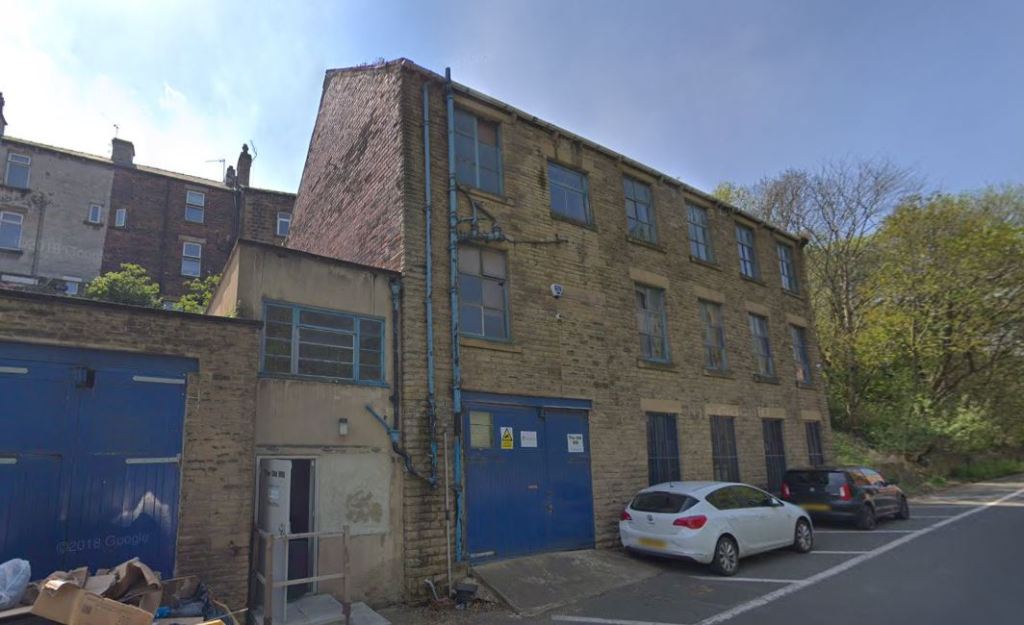
Modest attractive warehouse to be lost on Station Road in Morley. Its hard to appreciate from the image but the street here is quite a dramatic scene due to the levels being so steep. The mix of stone and brick of the townscape complement the leafy green bank. Its a shame a developer couldn’t see value in converting the building to flats, as it is robust and would save a lot of carbon emissions.
Buildings like this usually don’t get a second look, but wouldn’t it be great if at pre-app, the council would encourage the reuse of the building, and make it clear huge amounts of weight in the planning balance would be given to such a scheme.
Sutton Arms pub, Stockton
Pub, demolished without planning permission in Elton:
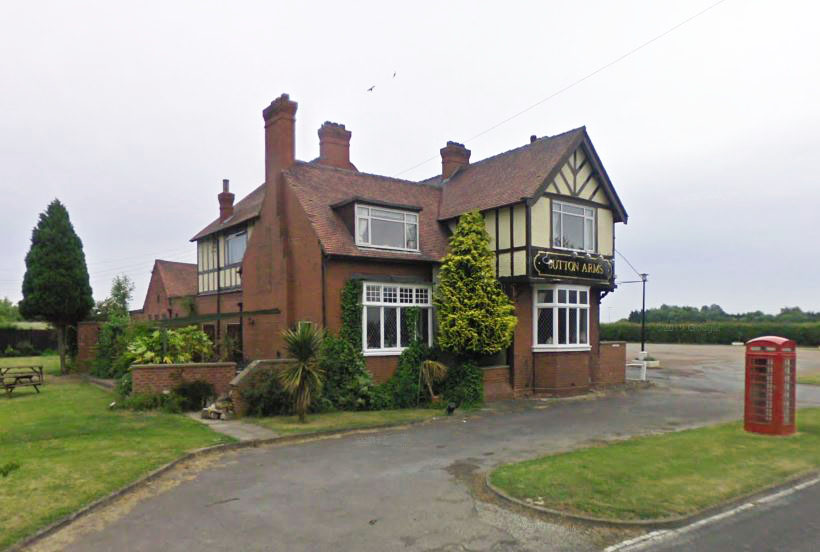
This pub only closed its doors last September, amidst the moratorium on the hospitality industry. Yet the application has argued that the building was marketed unsuccessfully and that a pub in this location is unviable. Disgracefully, the owners knocked the pub down, in hope that retrospective planning permission will be granted.
The reaction from the residents of Elton is testament to how much this institution meant. Comments have poured in, urging the council to lay down the law and demand the pub is rebuilt brick by brick. This happened in London, so why not Stockton?
A village is left bereft of a place to gather. The building is by no means ancient, having been built in 1900. Yet the half-timbered first floor, bold chimneys, and adjacent phone box create a mise en scene that worthy of every effort to retain. These places can not be found anywhere else in the world.
Sun Inn, Skirlaugh
Second application to knock down historic village pub in East Yorkshire:
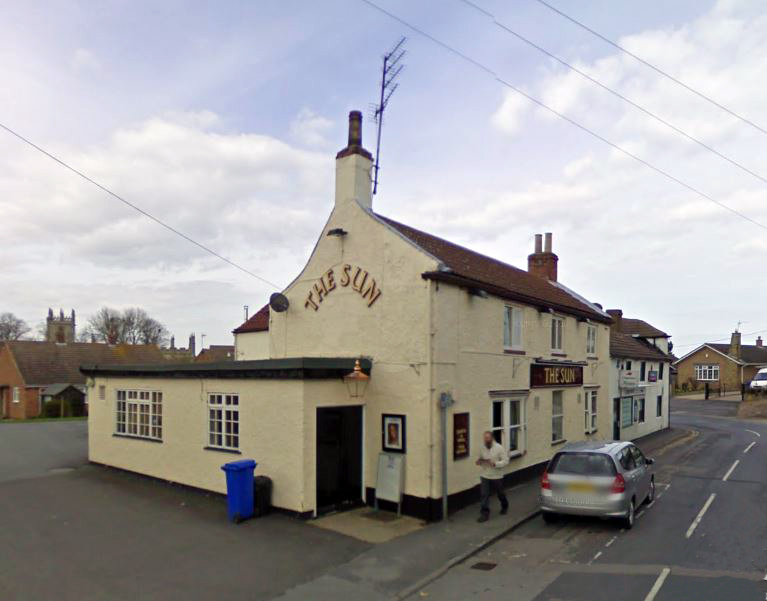
An application to clear this site was submitted last year and thrown out on the grounds that the pub is tantamount to a community facility, in spite of it being closed for a number of years.
A brilliant (and rare) determination that responded to the concerns of the villagers and the social fabric of the village. Yet the developer is going in for a second pass, with an application that still involves the wholesale loss of the 200 year old pub.
Social capital aside, the pub adds a lot to the genius loci of the village centre, extending the building line of the village core up Church Lane. And a village the size of Skirlaugh needs two pubs.
Lets hope East Riding development control throw it out again.
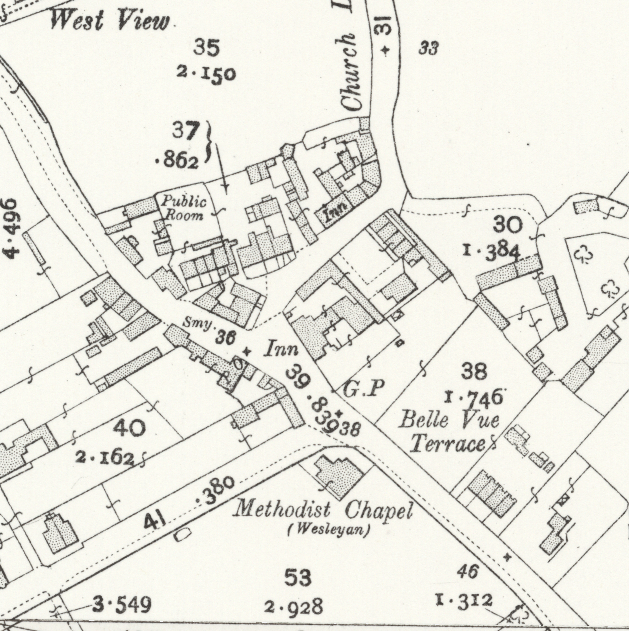
School building, Askern, Doncaster
Application to demolish a school building:
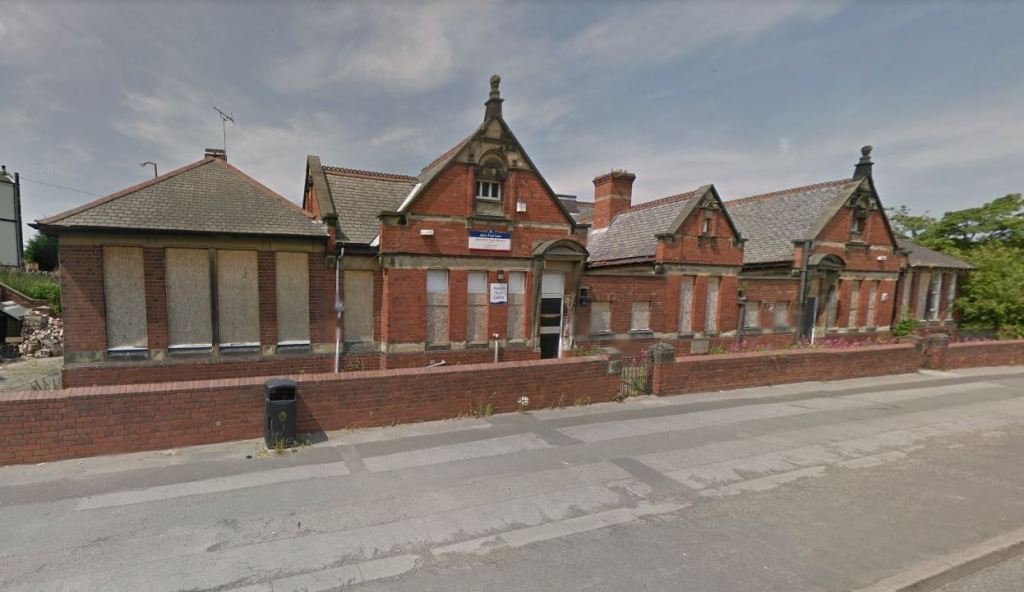
The original application to replace this school building with 6 dwellings was approved back in 2019, however it looks like the building has yet to be razed. An application to modify the original proposal has come in, so thought it would be worth covering on the Demolition Register.
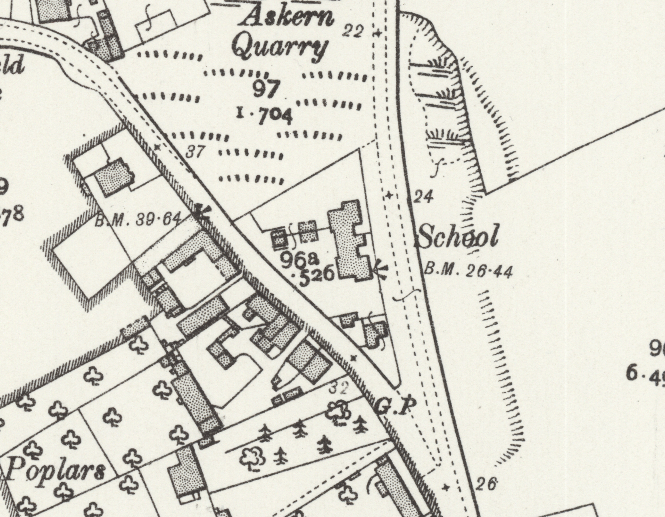
A classic red brick school built between 1893 and 1906 that would have made a great residential conversion. I’m always amazed at the ornamentation that the architect would justify during the commissioning of Victorian/Edwardian schools, when working to a strict education board budget. Clearly the stone corbels and looping ridge tiles were worth the investment, if only for the pride they would instill in the children who went there each day.
The Travellers Inn, Attercliffe, Sheffield
Unique pub in Sheffield torn down:
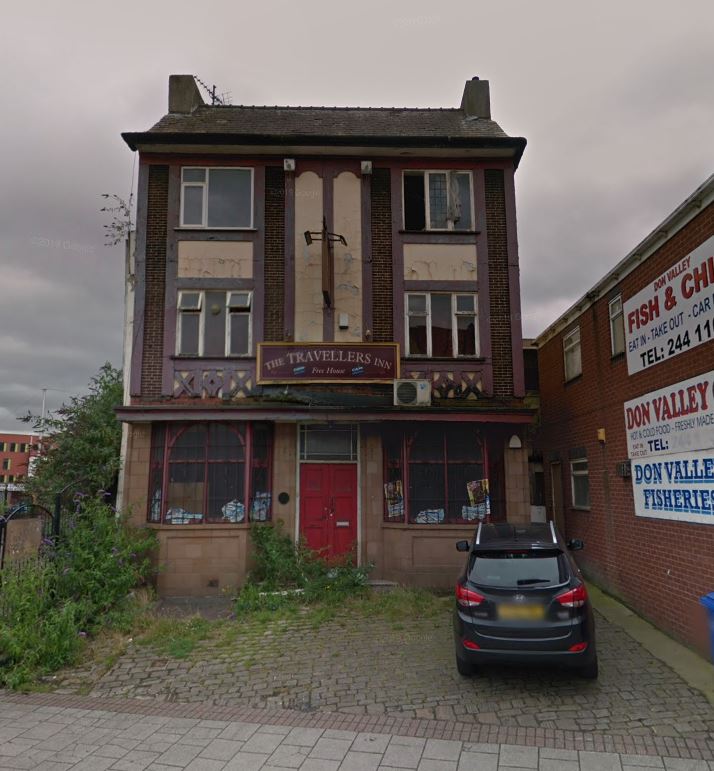
This pub, which dates back to around 1780 (although the existing building looks much more recent) has been empty now for 10 years, and internally has been destroyed by vandals.
Sadly, this industrial corridor of Sheffield has lost many of the dozens of pubs that would refresh the working class daytime population.
The frontage, part arts and crafts, part art deco, baffles me. I have not seen a pub look like this before. Yet it is not the architectural merit that makes its loss lamentable. As ever, the loss of a pub symbolises our decreasing demand for the company of other people.
End terrace cottage, Meltham
Notice of demolition of a small end terrace dwellingin Meltham, Huddersfield:
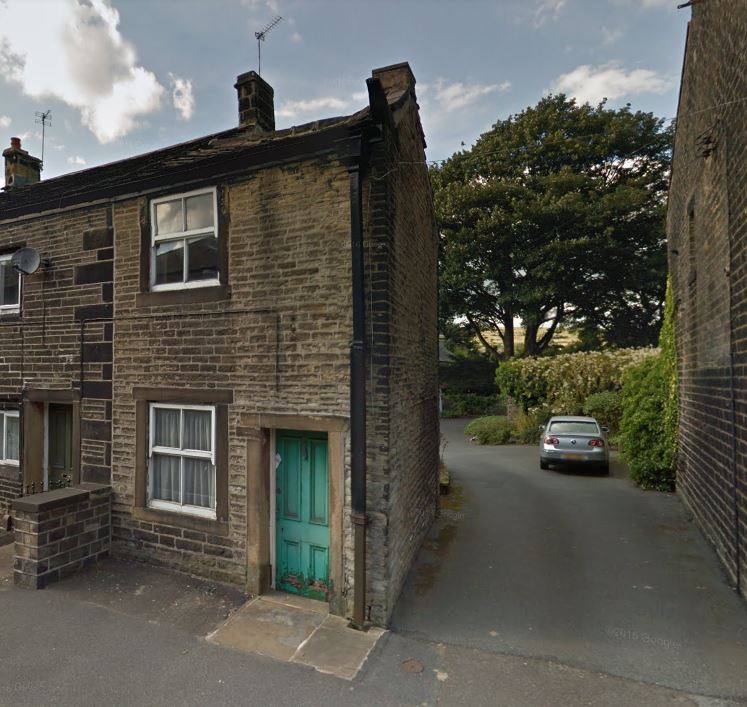
Not sure why the owner is wanting to destroy this building in a conservation area. The planning statement suggests they will use the space as a garden, but I’m not convinced. The applicant also acknowledges that the removal of the building will leave an unweathered gable end that will require work. This alone would be enough to despoil the conservation area, which is otherwise a pristine townscape of Victorian stone built stock – I’m surprised this street isn’t used for filming.
The neighbouring terrace is grade 2 listed. Hopefully the planning officer has the fore site to see the harm this would do to the setting of this protected building.
ARLFC Club, Drighlington
Application for the demolition of a former pub, and replacement with 5 dwellings in Leeds:
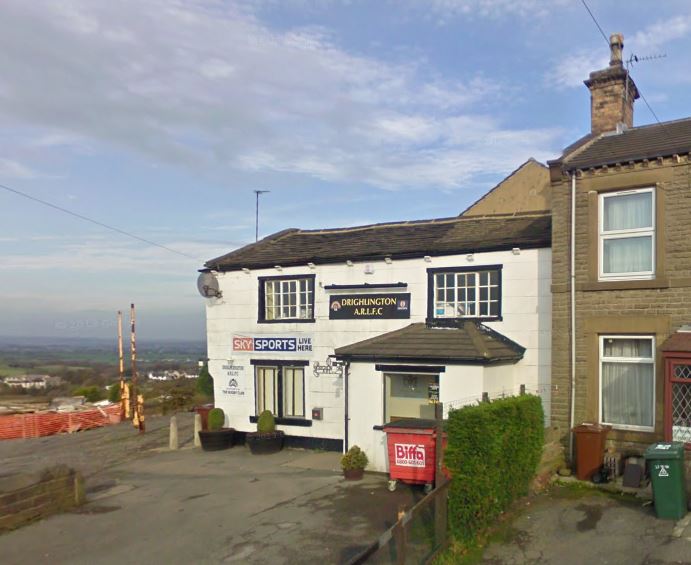
The Village of Adwalton, contiguous with Drighlington was once home to 5 pubs and a club. One pub, the New Inn, now remains, with the Rugby Clubhouse pictured above no longer in use. This is a very sad statistic. The population has bloated in the villages, yet public life has diminished.
This site is described by the architects as being ‘semi-derelict hardstanding’. Otherise known as a pub carpark. No mention is made of the cluster of Victorian stone buildings that make up this modest yet charming pub. Furthmore, this site is on top of a hill, and is visible from miles around. This building should be considered as part of a wider heritage landscape between Leeds and Bradford that is being slowly denuded of character.
As with most of these pub car park developments, the loss of the building is unessessary, and tantamount to laziness on the part of the developer. A good architect could integrate the pub into a commercially feasible development, perhaps even extending and enhancing the building line seen above, to improve the cohesive geometry of the village centre.
That is what builders used to do for hundreds of years. Development was an opportunity to make places.